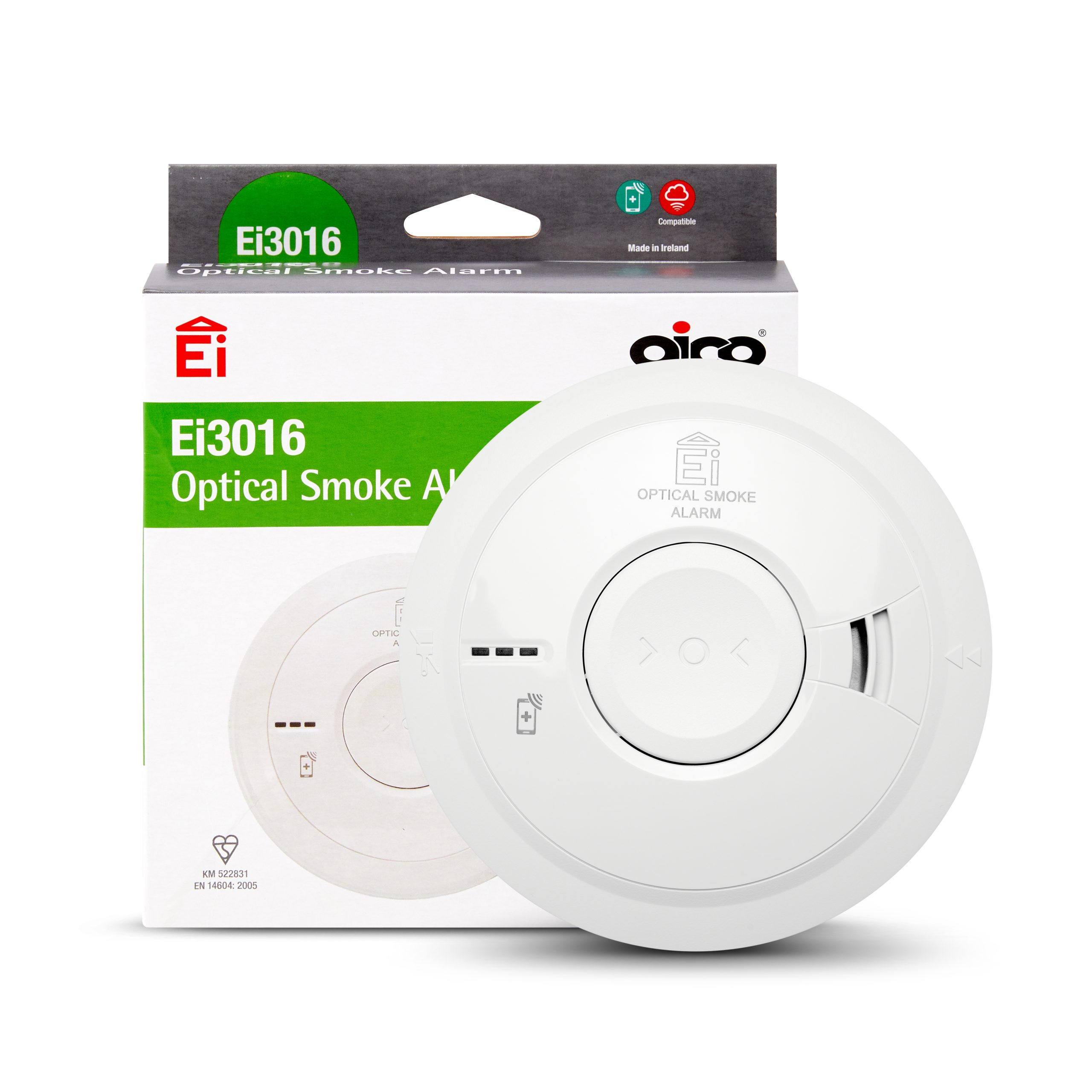Why Commit to LD2? Enhancing Home Life Safety in the Modern Age

Historically, smoke alarms were often seen as a luxury rather than a necessity. Homes were simply places to live, not multifunctional spaces like home offices. Today, our homes are filled with various technologies, some of which come with inherent risks. The increasing popularity of e-bikes and e-scooters, for instance, has significantly raised the danger level within homes due to their volatility under fault conditions. Remember, the common lithium-ion fires are chemical exothermic reactions, meaning they cannot be prevented just by unplugging the charger.
Current Building Regulations: A Minimalist Approach
Present building regulations require only one alarm in each circulation space – typically one alarm on each level of the property – and a Heat alarm in the kitchen if not separated from an escape route by a door, a standard known as LD3. If a fire starts in a high-risk area such as a kitchen or living room, this minimum level of coverage means it can take considerable time for these alarms to activate, particularly when doors are closed.
The Case for LD2: A Higher Standard of Protection
LD2 represents a medium standard of cover. It includes alarms in all circulation spaces that form part of the escape routes and in all rooms and areas presenting a high fire risk to occupants. This standard provides a significantly enhanced level of protection, especially in areas where fires are most likely to start.

High-Risk Areas: Kitchens and Living Rooms
Kitchens: The kitchen is the most common starting point for fires. Appliances such as cookers, toasters, and dryers generate large amounts of heat and can easily cause fires if not monitored sufficiently. For kitchens, Heat Alarm such as Aico’s Ei3014, or the Ei3028 Multi-Sensor Alarm if there is a fuel burning appliance present, is highly recommended.
Living Rooms: Living rooms are often filled with electrical devices like chargers for phones and laptops, and some may have open fires or lit candles. Others might be spaces where people smoke cigarettes. These factors contribute to higher risks of fire in living rooms, making the installation of Optical Smoke Alarms such as the Ei3016, or Multi-Sensor Alarms such as Ei3024 or Ei3030 necessary.
Beyond Kitchens and Living Rooms: Other High-Risk Areas
While kitchens and living rooms are highlighted, they are not the only high-risk areas. Many homes now include offices, playrooms, and other spaces that may require additional alarms based on their specific risks. When specifying and installing alarm systems, these areas must be thoroughly assessed to ensure comprehensive coverage.
The Importance of Smoke Alarms: A Statistical Perspective
In the year ending March 2023, Fire & Rescue Services attended 178,737 fires, with 15% (26,822) occurring in dwellings. This statistic is disconcerting, particularly considering many fires go unreported. Even more concerning is that out of 259 fire-related fatalities, 203 (78%) occurred in dwellings. These numbers underscore the critical importance of smoke alarms.
Conclusion: Early Warning Saves Lives
Early warning is the key to optimum home life safety. Our homes are more complex and multifunctional than ever before, making a well-designed alarm system essential. By committing to LD2 standards or higher, we can create safer homes for everyone.






